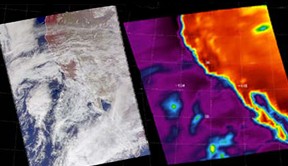The picture on the right shows how the new instrument sees the world. The red colors are warm air rising from the west coast of the United States and the purple colors are cool air over the Pacific Ocean. For comparison, the image on the left shows what we would see with our own eyes. Both pictures were taken on March 11, 2003.
Click on image for full size
NASA/JPL
A New Look at Weather!
News story originally written on May 14, 2003
Figuring out what tomorrow's weather will be can be a tough job. But now scientists have made a new tool that will make it easier. It looks at the weather from above!
The tool is orbiting Earth aboard NASA's Aqua satellite. It peers through all levels of Earth's atmosphere even on a cloudy day, recording the temperature, cloudiness and the amounts of greenhouse gases.
The information will be used to create better weather predictions and track weather events such as hurricanes. It will also be essential to scientists who are trying to understand our changing climate.
Last modified May 6, 2003 by Lisa Gardiner.
You might also be interested in:
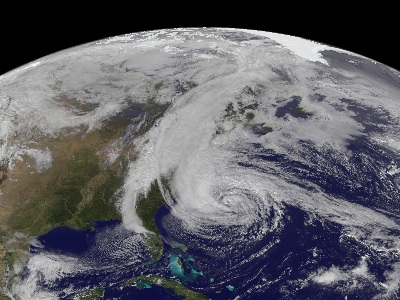
As a strong hurricane heads towards the coast, people prepare - boarding up houses, packing the car, and evacuating. These storms can spell disaster for people in hurricane prone areas, so they are taken
...more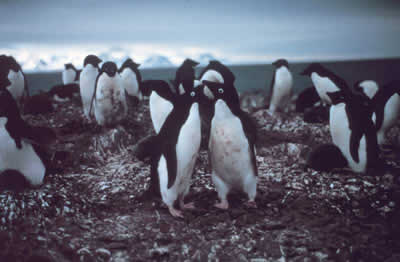
Scientists have recently discovered that thousands of Adelie Penguins thrive in patches of the chilly Southern Ocean near Antarctica's coastline. In these special areas of the ocean, called polynyas,
...more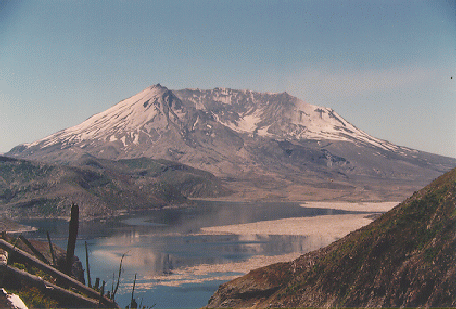
Mount St. Helens, a volcano in Washington on the west coast of the United States, has been quiet for 18 years but now it is quiet no more! It has been puffing steam and ash as scientists look for clues
...more
Today, our climate is changing very rapidly. To better understand how speedy climate change may affect plants and animals in the future, scientists are looking at the past. The scientists are looking
...more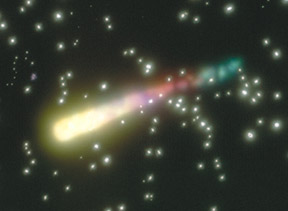
A large meteor exploded in the sky near Chicago shortly after midnight on the morning of March 28, 2003. People in Wisconsin, Illinois, Indiana, and Ohio saw the meteor break apart in Earth's atmosphere.
...more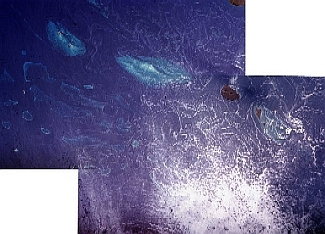
Take a look at this picture! The light blue parts are coral reefs just under the surface of the Red Sea. The crew of the International Space Station (ISS) took the picture on May 20, 2003 as they looked
...more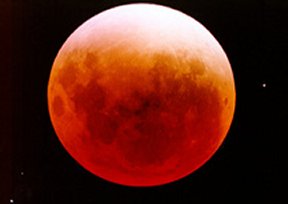
There will be an eclipse of the Moon on Thursday night, May 15, 2003. It will be the first eclipse in 2003. This eclipse is a total eclipse of the Moon, which means the Moon will pass through the darkest
...more


